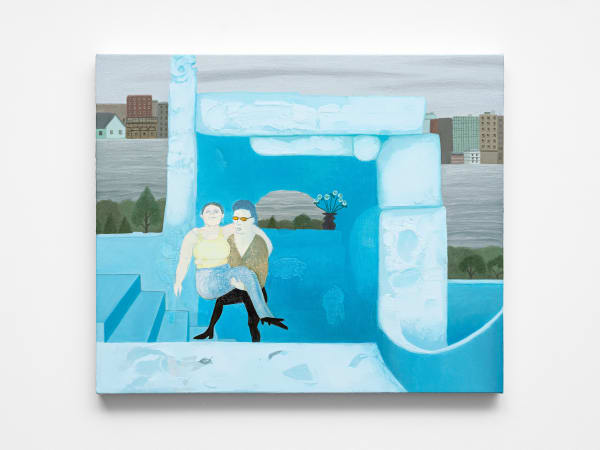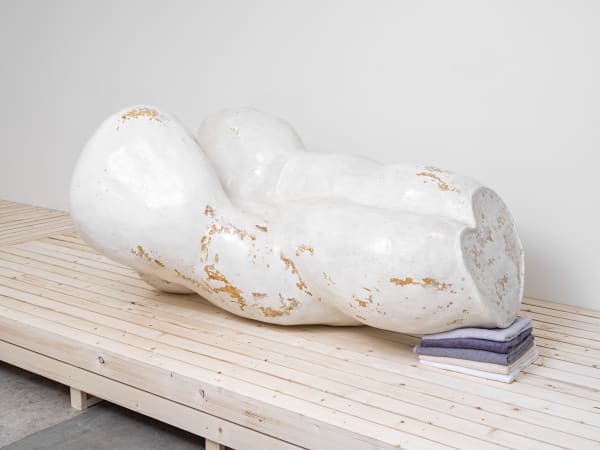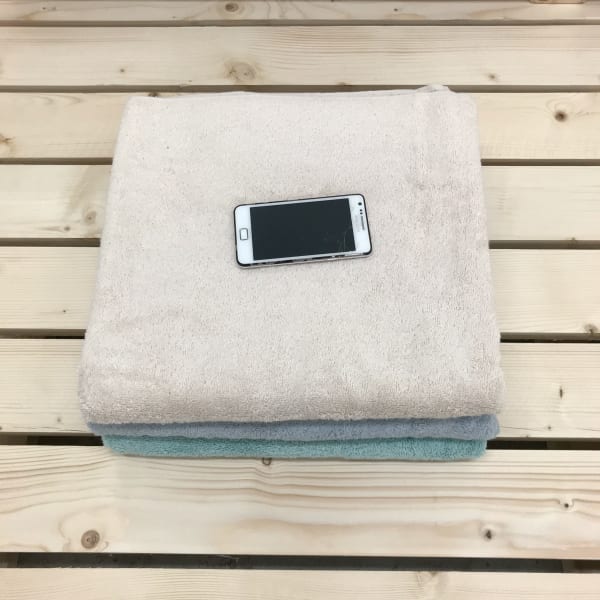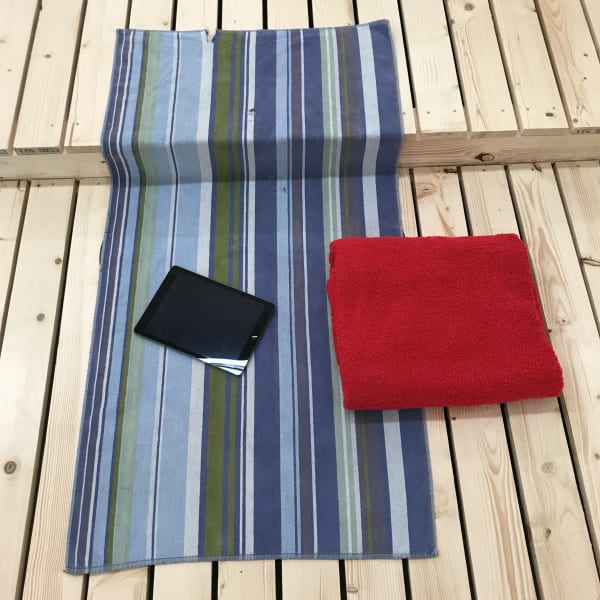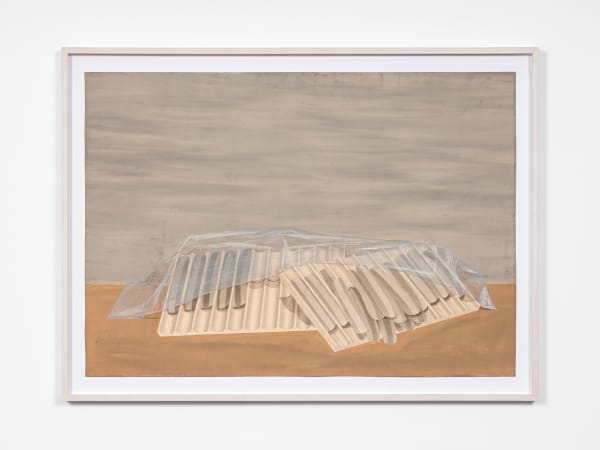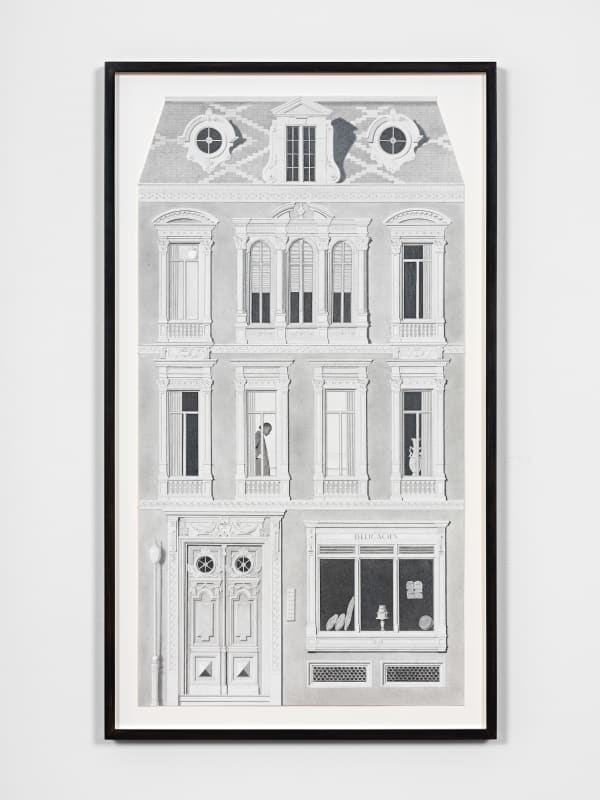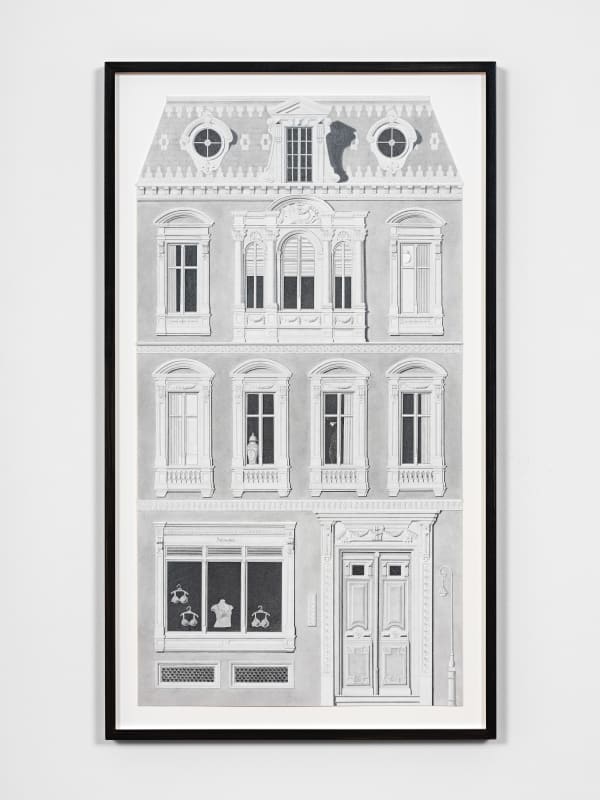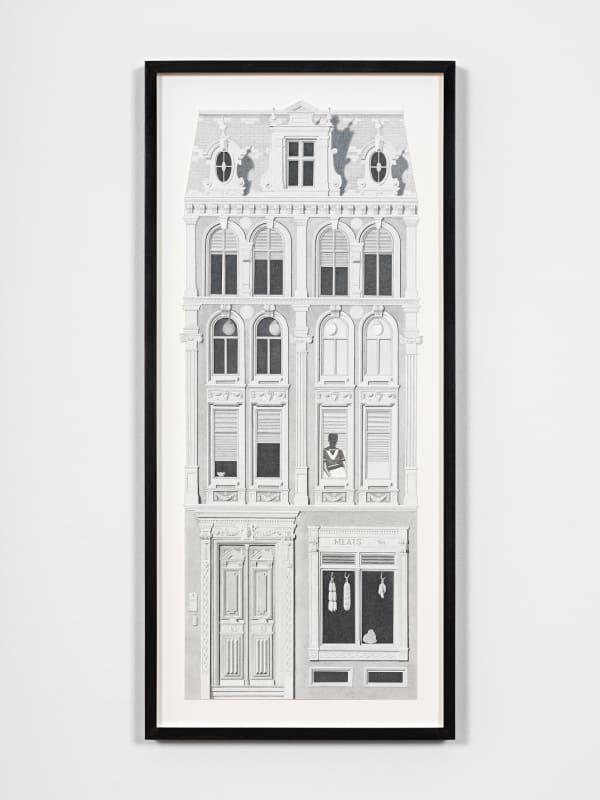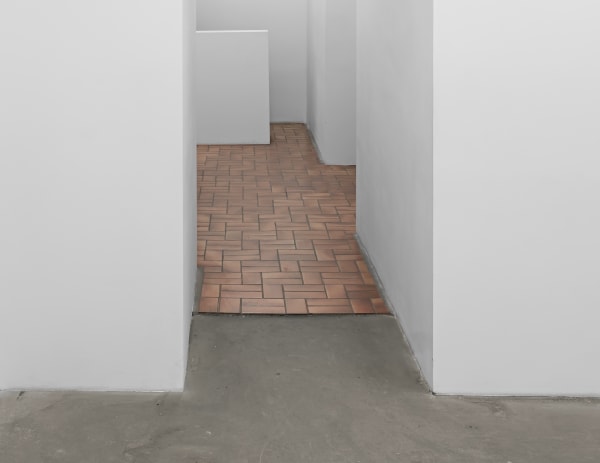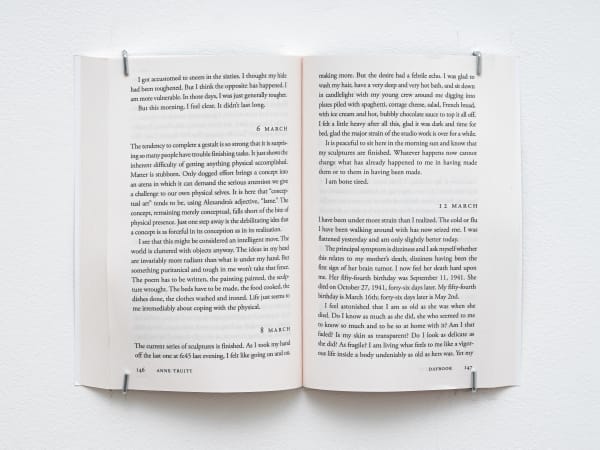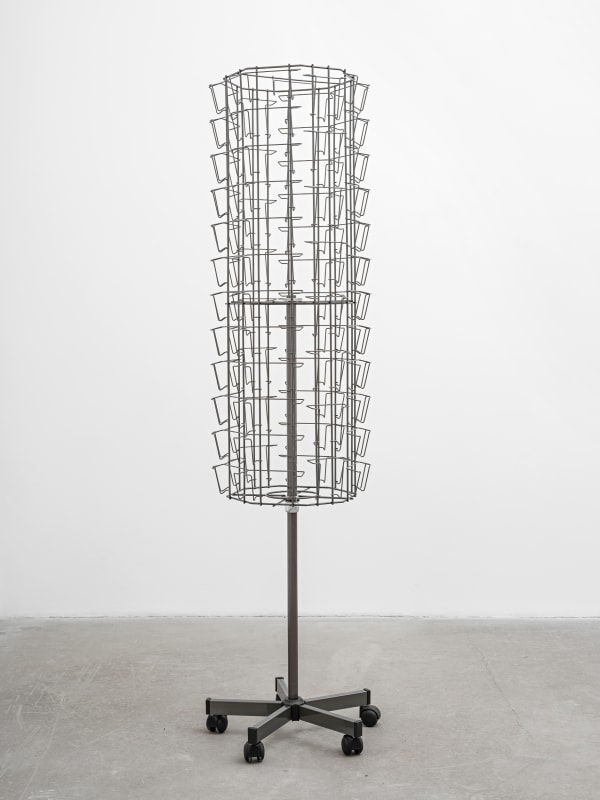"Therein / Thereof / Thereto"
STANDARD (OSLO)
PRESS RELEASE
-----
NINA BEIER / MILANO CHOW / ISABELLA DUCROT / CEAL FLOYER / ISA GENZKEN / ANNA GLANTZ / GHISLAINE LEUNG / JUMANA MANNA / MICHAELA MEISE / JOSEFINE REISCH / JULIA ROMMEL / SIMONA RUNCAN / ANNA SCHACHINGER / ANNE TRUITT
"THEREIN / THEREOF / THERETO"
13.02.2021-13.03.2021 / Preview: 13.02.2021 / 12.00-16.00
-----
There are no directions to let you know the location of Harriet Backer's gravestone at "Vår Frelsers Gravlund" ["Our Saviour's Cemetery"] in Oslo. It is a shame one could say, but it was a shame already 50 years ago. Now, it is well beyond embarrassing. The sign at the entrance to the cemetery - which informs tourists and other visitors where to find the grave of Henrik Ibsen, Edvard Munch or any other distinguished Norwegians - can not be bothered about one of the greatest painters and certainly one of the greatest female artists of Norwegian art history.
Then again, Harriet Backer would not necessarily have been expecting such a privilege. After all, she lived her life during a time when women were left to expect less of any sort of privilege. Born in 1845, she was brought up on the outskirts of Oslo in a home with a great interest in literature, theatre and music. But, being less musically gifted than her two sisters, the twelve year old Harriet was told by her mother: "If you will stop playing the piano, you will rather - once you reach the age of confirmation - be given permission to study painting." The young Harriet was both enthused and distressed, being equally in love with music and painting. Nonetheless she joined a girls only painting class in Oslo under the auspices of Norwegian landscape painter Johan Fredrik Eckersberg at the age of 16. Years of private lessons, with Eckersberg and Knud Bergslien, were combined with copying the old masters and traveling around Europe to see the major museum collections. Her sister, Agathe, had long since proven her talent as a singer and pianist, so Harriet was sent along by her family as an escort - from Berlin, to Leipzig, to Florence, to Rome, to Naples, to Copenhagen, to Cologne and to Weimar - the latter place where Agathe was performing with Franz Liszt. Being rated second to her sister's talent and rated second to any male painter, laid the foundation for an artist that would end up second to none.
Her output was modest though; a mere 180 paintings is what she managed to finalise before her death in 1932. They are all realist in terms of style and substance - while also showing great awareness and mastering of the new rules for colour and composition set by the Impressionists, and later Cezanne and Matisse. Most commonly Backer's paintings depict interiors, and fairly frequently they depict the women that are inhabiting them. From grand apartments in Paris, where she spent a good portion of her life, to an ever more modern Oslo, that she eventually returned to, Backer took an interest in the zones of the architecture of her time that were designated to women being on their own. Time and time over, she would render women in rooms and moments being away from the family. These are the rooms where women would retract to read, study, entertain themselves or indeed be engaging in conversations with other women. And while some of these activities depicted are fairly mundane and some of them indeed are confirming the gender stereotypes of the time, what is striking is that Backer allowed for her women to inhabit these paintings without the presence or dominance of men. As would be the case with one of her finest works, "Interiør med figurer" ["Interior With Figure"], which she painted in 1886 during her time in Paris. A woman can be seen as she taking a break from sewing. The garment and sewing kit is resting on a table in the foreground. The woman is standing in the background, looking out through an open window. A young girl is seated on the floor in front of her with a book in her lap. It is one casual moment of the steady stream of moments making up everyday life. It is at the same time a carefully cropped moment of two women each captured as they are turning their attention to what is outside of the room and what exists beyond the current scenario.
27 years after this painting was completed, women would be granted the right to vote in Norway. Backer's handling of the composition - anchored by two triangles - balances formal concerns with the critical concerns at the core of the painting. Never one for agitation, her paintings nonetheless make up the most comprehensive portrait of the steadily evolving emancipation of women in Norway. As were her life choices pushing the boundaries of her time; being an unmarried woman, sharing her apartment with another woman while trying to make a living as a painter in Paris. When Jens Thiis, director of the National Gallery in Oslo, delivered his eulogy at her funeral, he thanked her on behalf of the museum and praised a certain classicist quality to her works that was capable of building a bridge between the past and present. That present is now past and in our present there is only one woman whose name has been found worthy for that sign by the entrance of "Vår Frelsers Gravlund" - that of Camilla Collett (1813-1895). The writer, who is generally considered Norway's first feminist, is somehow given this spot as a consequence of her work, but where she is laid to rest her work seems to have had little consequence. Harriet Backer's name is one of too many names missing from that sign.
This exhibition is made possible by the contributions by Nina Beier, Milano Chow, Isabella Ducrot, Ceal Floyer, Isa Genzken, Anna Glantz, Ghislaine Leung, Jumana Manna, Michaela Meise, Josefine Reisch, Julia Rommel, Simona Runcan, Anna Schachinger, and Anne Truitt; as well as the generous support of Eivind Aadland, Erling Kagge; The Approach, London; Galerie Gisela Capitain, Cologne; Chapter NY, New York; Essex Street / Maxwell Graham, New York; T293, Rome; Ivan Gallery, Bucharest; Galerie Noah Klink, Berlin; Sophie Tappeiner, Vienna.
-----
Installation photography: Vegard Kleven

